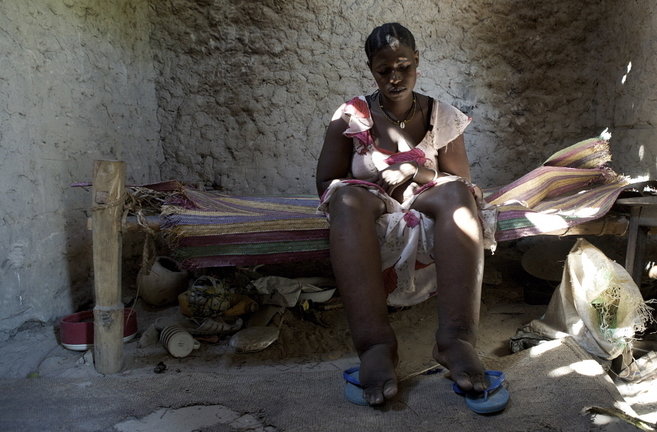By: Yojana Sharma
Send to a friend
The details you provide on this page will not be used to send unsolicited email, and will not be sold to a 3rd party. See privacy policy.
The Gates Foundation and Japan have today launched a Grand Challenge to tackle neglected diseases, with an initial funding pledge of US$4 million supplied jointly with Japanese companies.
The initiative, which is part of the foundation’s Grand Challenges programme to target global health and development problems, will focus on drug and vaccine candidates for neglected tropical diseases.
The Tokyo-based Global Health Innovative Technology (GHIT) Fund, of which the foundation is already a partner, will coordinate research on visceral leishmaniasis, elephantiasis and Chagas’ disease. This is the first time Japan has become involved in the Grand Challenges programme.
“There has not been a great ambition for industry in the West to get behind R&D for these diseases.”
Katy Athersuch, Médecins Sans Frontières
The partners also expect to support the development of possible drug candidates for malaria and tuberculosis. In a separate announcement, the GHIT said that it will make US$637,000 available to test compounds that could result in more effective antimalarial medicines.
As well as the Gates Foundation, the GHIT comprises six Japanese pharmaceutical companies, Japan’s ministries of health and foreign affairs, and the UN Development Programme.
The pharmaceutical firms involved in the GHIT Fund will work with the foundation to help it meet its goal of eliminating various neglected tropical diseases, including Guinea worm and river blindness, by 2030. “These are reachable targets,” says GHIT executive director B. T. Slingsby.
Eliminating elephantiasis by 2030 “is a very reasonable, achievable goal”, says Slingsby. But he admits that, for leishmaniasis, the pipeline “is not that robust. We are putting a lot of attention into that right now.”
Katy Athersuch, a policy advisor for medical aid charity Médecins Sans Frontières, says the funding announcement is a start. But she warns it can cost up to US$150 million to get a drug to market. “In that context, this isn’t a lot of money,” she says. “It is miles away from seeing treatment.”
The US$4 million in funding will pay for a two-year pilot to identify possible candidates for drug and vaccine development for the diseases.
Athersuch says that, despite the low initial investment, Japan could become an important partner for science on treatments for tropical diseases, as other pharmaceutical companies are increasingly withdrawing from the field. For example, she says, AstraZeneca closed a research facility for neglected tropical diseases in India last year as part of a move to end all early-stage research on neglected tropical diseases.
“There has not been a great ambition for industry in the West to get behind R&D for these diseases,” Athersuch says.














